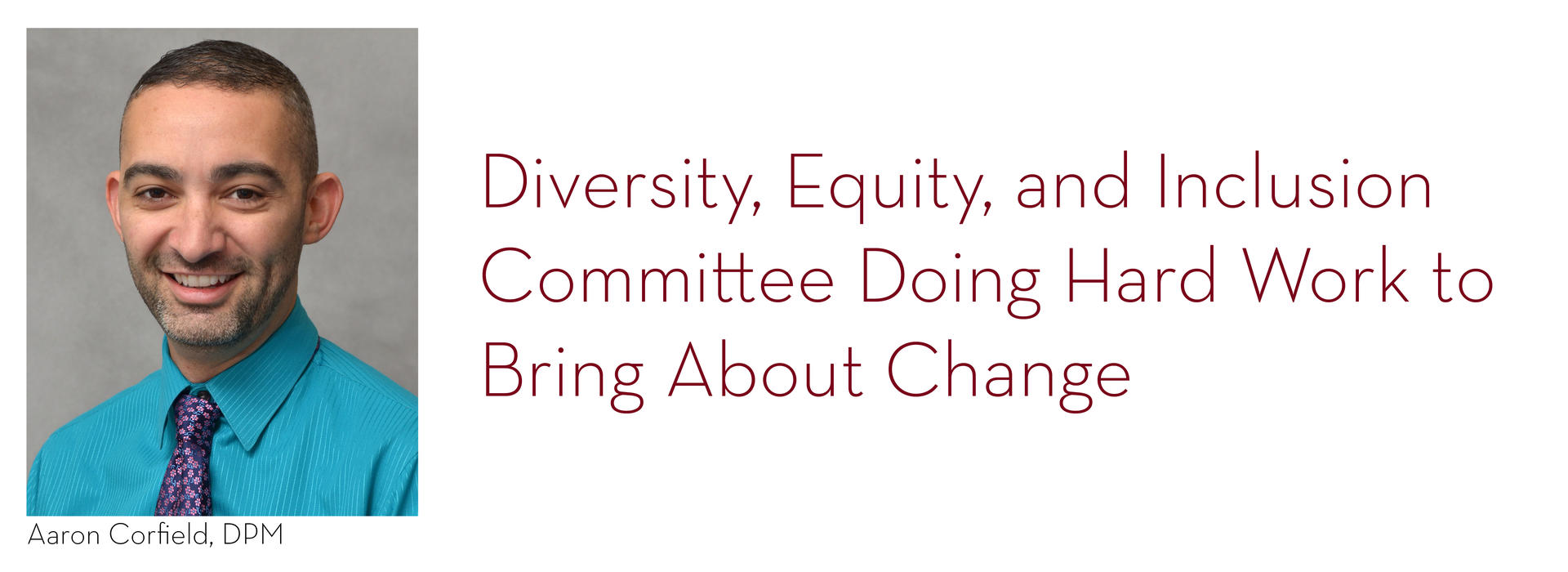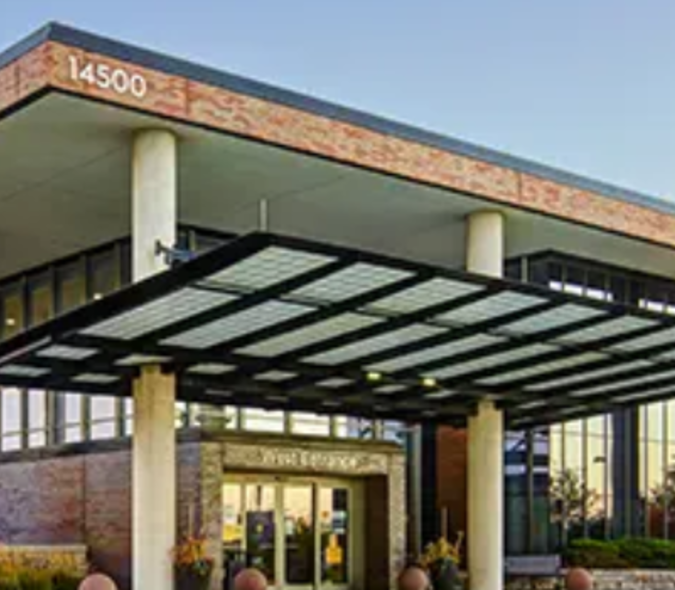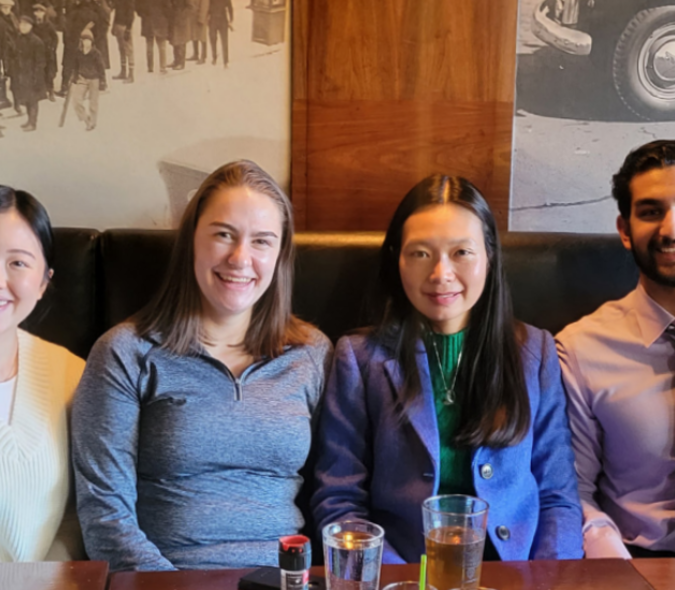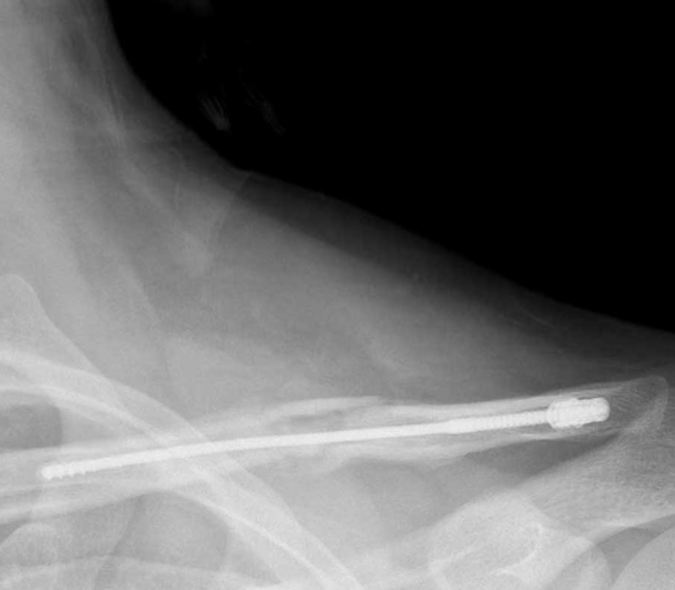
Diversity, Equity, and Inclusion Committee Doing Hard Work to Bring About Change
ON MAY 25, 2020, Mr. George Floyd, a Black man, died at the hands of Minneapolis police. As the Twin Cities was engulfed in weeks of unrest stemming from pervasive systemic racism and police brutality, opportunities to pause, listen, learn, and act arose at the University of Minnesota and across the country. Within the Department of Orthopedic Surgery, it became evident that unifying to combat inequities in healthcare and orthopedics was imperative.
In the wake of this tragedy, the department’s own Diversity, Equity, and Inclusion Committee was quickly formed and integrated into the annual strategy. Led by Assistant Professor Aaron Corfield, DPM, the group has already outlined objectives with the goal of bringing about a more diverse and equitable orthopedic department.
Corfield has also chaired the Medical School’s Diversity, Equity, and Inclusion (DEI) Committee for the last year, developing and executing a number of projects. These include a metric system for departments to track progress and measure results, mapping out healthcare disparities in the Twin Cities – especially for underrepresented communities during the COVID-19 pandemic – and creating a cultural competency matrix for faculty and staff across the Medical School. His group has also partnered with the Duluth campus to work on their diversity efforts. Within the department, the DEI committee’s goals include implicit bias training for interviewers, more diversity topics and speakers of color at Grand Rounds, and a retreat focused on their initiatives.
“Implicit bias acts on us all the time, no matter what setting we’re in,” Corfield explains. “The first step is knowing what your implicit biases are.” Implicit bias refers to unconscious associations, judgments, or preferences shaped by societal stereotypes or personal experiences. By having faculty acknowledge their own implicit biases before interviewing potential residency program candidates, the hope is that the interview and matching process becomes more equitable.
While it’s one thing to know what your implicit biases include, research from the Journal of Experimental Psychology suggests that even with strenuous training, it’s only possible to suppress implicit biases for about 24 hours at a time. This means combating biases takes daily work and continuous effort. This is where DEI Grand Rounds and retreats can keep faculty and staff focused on this important work.
“Once we do a test, we’ll do training to ensure we’re continuing to touch on the implicit biases in our subconscious to say, ‘I know you’re there and working against me in interactions,’ acknowledge it, work on it, and continue to provide equitable care,” Corfield says.
Another important aspect of the committee’s work is community outreach, including mentorship. Research suggests that mentorship and exposure to
orthopedics early in medical school are essential to attracting underrepresented students to orthopedic surgery.
“One of the things we need to look at is how we attract and retain students of color to our residency program, and that begins when they’re in our orthopedic classes during their second year of medical school,” Corfield explains. “We can take what we’ve learned from getting more women in the department, which is quite successful, and apply it to students of color.”
The department stands out within the broader world of orthopedic surgery, as years of hard work has grown the portion of women among residency program graduates to 25 percent over the past decade. By contrast, statistics from the American Academy of Orthopaedic Surgeons (AAOS) show only 14 percent of orthopedic surgery residents are female, the lowest of any surgical specialty.
Professor Emeritus Roby Thompson Jr., MD, department head from 1974-1995, began recruiting women early in his tenure, which was not common at that time. After hiring the first female faculty member and second female surgeon in the University system – Professor Elizabeth Arendt, MD, in 1985 – the department has been at the forefront of women in leadership positions.
In his interactions with medical students, Thompson recognized that having female mentors was a critical determinant of pursuing a career in orthopedics. Research shows that Thompson’s observations were correct, since having a role model of the same sex or ethnicity was reported as a positive factor for 59 percent of women and 25 percent of men.
Now, it’s time to use the same tactics and effort to recruit racially and ethnically underrepresented students. For perspective, only 1.5 percent of AAOS members identify as African American, 1.7 percent as Hispanic/ Latino, 6.7 percent as Asian American, and .4 percent as Native American. According to 2016 data from the Accreditation Council for Graduate Medical Education (ACGME), 4 percent of orthopedic surgery residents were African American, 5.4 percent Hispanic/Latino, and 0.2 percent Native American. Meanwhile, Caucasian and Asian American surgeons were overrepresented in orthopedic residencies in comparison with the U.S. population. A 2016 study of medical schools across the country, including the University of Minnesota Medical School, found that students wanted more female, underrepresented, and LGBTQ faculty to train them, which has been a theme for many years.
“It begins by having mentors and faculty of color at conferences and outreach events,” Corfield explains. “It’s important to show that although our faculty are not really representative of the student body at this time, we are working to get more representation for students of color.”
To reduce barriers to training at the U, the department recently initiated a $1,000 Visiting Medical Student Scholarship for Underrepresented Populations in Orthopedics, which serves
as a stipend for travel and lodging for away rotators. This will hopefully attract more diverse students to the program early in medical school and increase the likelihood of matching into the program.
In addition, the DEI Committee is working to raise awareness of disparities in orthopedic clinical care. Assistant Professor Patrick Morgan, MD, noticed that there seem to be gaps in the orthopedic referral process from some community clinics and the Clinics and Surgery Center (CSC). Lily Wood, MD, PGY-1, a member of the DEI Committee, has been partnering with providers at Smiley’s Clinic and the CSC to streamline the process and improve access.
“After learning about the challenges in the referral process from Smiley’s providers, and talking with CSC teams about improving it, it was evident that there are some really effective things in place. Now, we’re working on communicating and clarifying how to use some of the referral tools that are available,” Wood says. “We hope the work improves access to orthopedic care for patients from underserved communities and makes it easier for providers to refer to our specialists.”
According to data from the Centers for Disease Control, African American Medicare enrollees were 39 percent less likely to receive a total knee replacement in comparison with their white counterparts. The Institute of Medicine showed that total hip replacement was also significantly lower for Black patients in comparison with white, even with the same health insurance. In addition, African Americans with arthritis have a higher incidence of severe pain and work limitations.
“Multiple studies tell us that our Black neighbors, especially women, do not have their pain regulated at the same levels as their white counterparts,” Corfield adds. “Not getting enough pain control can dampen postoperative recovery and increase the time it takes to heal. That’s problematic because there are then two standards of care, one for white
patients and one for Black.”
Corfield posits that implicit bias training can help physicians recognize when they are basing clinical decisions off of unconscious judgments and stereotypes, and take steps to provide better care. While these initiatives are moving the department forward, it takes a dedicated team and allies to continue the momentum.
“Dr. Corfield is an incredible asset, but he can't do it all,” says Professor and Vice Chair of Research Joan Bechtold, PhD, who is part of the department’s committee. “We need to figure out how to be good allies, listening to Black colleagues and staff, and not requiring them to do everything.”
Inequality in healthcare is daunting and expansive, so tackling tough issues over a long period of time can cause fatigue.
“You need people who are willing to do hard work and get uncomfortable doing it,” Corfield says. “Considering Minnesota is 85 percent white, we need allies to lean in and say, ‘I’m the majority in this state, and things won’t really change until I help.’ In our department, there are two faculty of Black descent, Dr. Boyd and myself. The work can’t just fall to us.”



